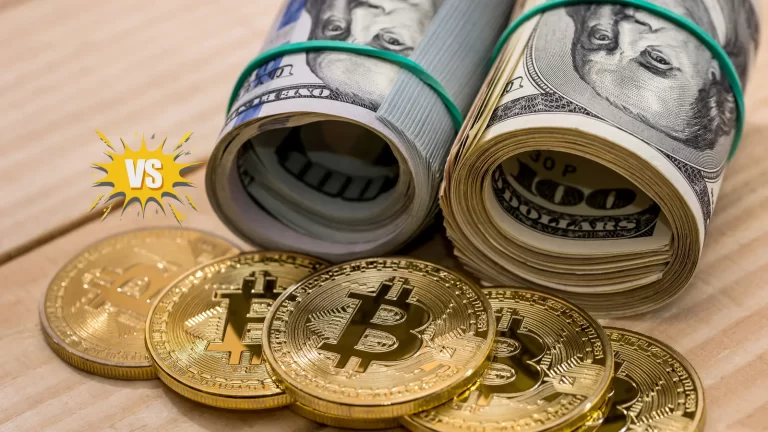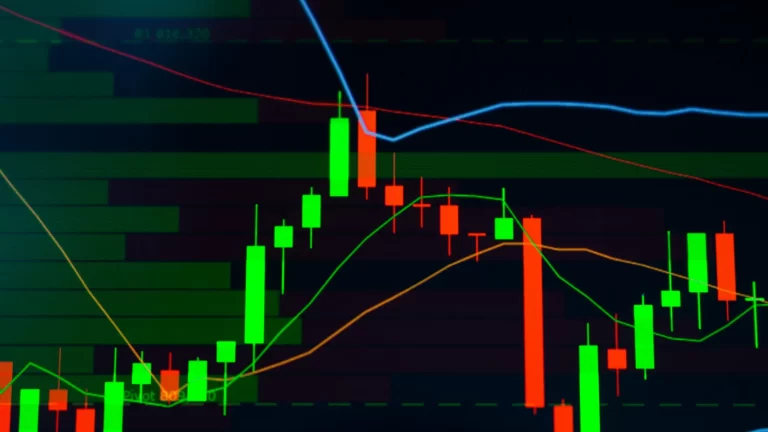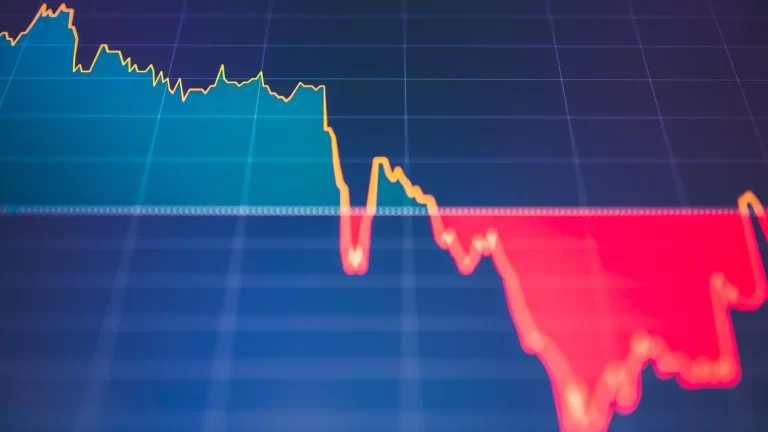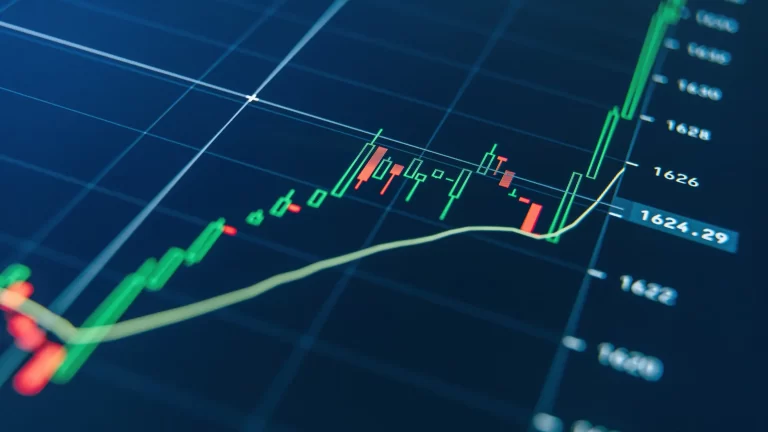Tariffs, Fiscal Dominance & Trump’s Plan to Redraw Global Trade

In a world increasingly defined by monetary intervention and trade conflict, the intersection of fiscal dominance and protectionism is no longer theoretical — it’s policy. The U.S. economy, once a bastion of laissez-faire orthodoxy, is entering an era of managed decline, disguised as nationalist revival. The market, however, is not fooled — and Bitcoin, more than any other asset, is where the truth shows up first.
Let’s break down the real story behind Trump’s new wave of tariffs, the Fed’s quiet surrender, and why Bitcoin’s short-term stumbles belie a long-term opportunity that few investors fully grasp.
The Big Picture
The Federal Reserve’s latest pivot — slowing Treasury runoff from $25 billion to $5 billion per month and preparing for balance sheet reallocations into U.S. debt — isn’t just a tactical move. It’s a capitulation. The Fed is no longer the adult in the room; it’s the fiscal janitor mopping up after a government that can’t fund itself through organic demand for its bonds.

This is the essence of fiscal dominance: when central banks must prioritize government solvency over price stability or employment. It’s not hypothetical — it’s already happening. Jerome Powell’s March FOMC remarks essentially admitted as much. With over $36 trillion in debt, and foreign demand for Treasuries waning, the Fed has become a buyer of last resort.
This isn’t just about balance sheets or rates. It’s about trust — or the growing lack thereof — in fiat systems that now function only through artificial demand and political coercion.
Enter Tariffs
Layered onto this monetary dysfunction is Trump’s aggressive tariff policy, now codified through the “Liberation Day” announcements. These aren’t small tweaks. We’re talking about sweeping import taxes — 10%, 25%, or even 50% on goods from dozens of countries. It’s protectionism at scale, sold as patriotic industrial policy.

But tariffs are taxes. And taxes that hit the supply side of the economy — particularly in an era of globalized production — are inflationary. They raise input costs, choke supply chains, and ultimately land on the consumer’s plate. Inflation driven by tariffs is not the healthy kind that comes from robust demand — it’s “bad” inflation: unproductive, regressive, and geopolitically contagious.
Trump’s team insists that these policies will revive American industry. But even if that’s partially true, the macroeconomic trade-off is severe: slower growth, rising prices, tighter margins, and heightened uncertainty. And all of that gets priced in — fast.
Why Bitcoin is Falling Now — But Will Rise Later
To critics, Bitcoin’s recent slump — down nearly 10% in the wake of the tariff announcements — proves that it’s not a safe haven. They point to its correlation with tech stocks, its reputation as a risk-on asset, and its decline alongside equities as evidence that the “digital gold” narrative is flawed.
But that critique misses the point.
Bitcoin isn’t falling because it’s weak. It’s falling because markets are smart. Investors know that in the early stages of tariff wars and fiscal instability, liquidity gets squeezed. Risk assets get dumped. Institutions deleverage. The margin calls hit everything — including Bitcoin.
And yet, in that same environment, gold is up 18% year-to-date. Why? Because it’s the legacy safe haven. Bitcoin isn’t there yet — but it’s on that path. And crucially, it trades 24/7, with deep liquidity and no circuit breakers. That makes it the first asset to reflect fear, not the weakest.
History tells us what happens next. When the liquidity tap is turned back on — as it inevitably is under fiscal dominance — assets that are finite and independent surge. That’s what happened to gold post-2008. And that’s what’s setting up for Bitcoin now.
The Tariff Spillover: Four Key Crypto Effects
-
Mining Costs Rise
Tariffs on Chinese hardware, particularly ASICs and semiconductors, are making it more expensive to operate U.S.-based mining rigs. That could slow domestic mining — but it also lowers sell pressure as production contracts. Scarcity is bullish. -
Inflation Breeds Hedge Demand
Tariff-driven inflation is already showing up in the data. If the Fed hesitates to cut rates in time, or resumes QE to cushion growth, the credibility of the dollar as a long-term store of value erodes. That’s Bitcoin’s cue. -
Global Currency Instability Boosts Adoption
Trade wars weaken fiat currencies. In places like Argentina, Turkey, or Nigeria, this has led directly to higher crypto adoption. If the dollar weakens and its reserve status comes into question, Bitcoin and stablecoins benefit. -
Volatility as a Filter
Right now, Bitcoin is behaving like a tech stock — because that’s how most institutions treat it. But over time, the volatility acts as a filter: it shakes out weak hands, reallocates supply to long-term holders, and concentrates ownership among those who understand the fundamentals.
What Markets Are Missing
Most financial commentary is stuck on the short-term mechanics: CPI prints, S&P levels, CME rate cut odds. But what’s happening beneath the surface is bigger:
-
Central banks have lost their independence.
-
Governments are funding themselves through monetary manipulation.
-
Trade is being weaponized.
-
Fiat systems are being stretched to the point of structural stress.
In that environment, Bitcoin isn’t just an investment. It’s an exit strategy. Not because it’s perfect — but because it’s not printable, not censorable, and not under the control of anyone who sits behind a podium at the White House or Marriner Eccles.
The Case for Strategic Bitcoin Allocation
The next few months will be volatile. Tariffs will spark retaliation. Inflation may reaccelerate. Liquidity will ebb and flow. And Bitcoin will continue to be misunderstood by analysts who expect it to behave like either gold or equities.

But smart investors will see what’s coming:
-
A Fed trapped by fiscal math and political pressure.
-
A government using tariffs to hide deeper economic fragility.
-
A monetary system held together by confidence, not fundamentals.
In that world, Bitcoin is not a bet on utopia. It’s a hedge against dysfunction.
Yes, it’s volatile. Yes, it may still fall further in the short term. But unlike the dollar, Bitcoin’s value isn’t derived from central bank promises — it’s built into the code.
And that makes it one of the most important assets of our time.
If fiscal dominance is the disease, and tariffs are the symptom — Bitcoin might just be the cure.






